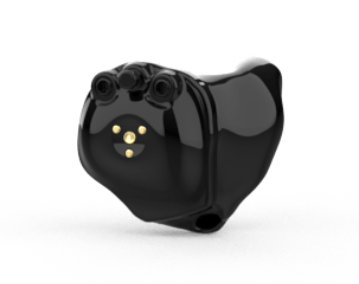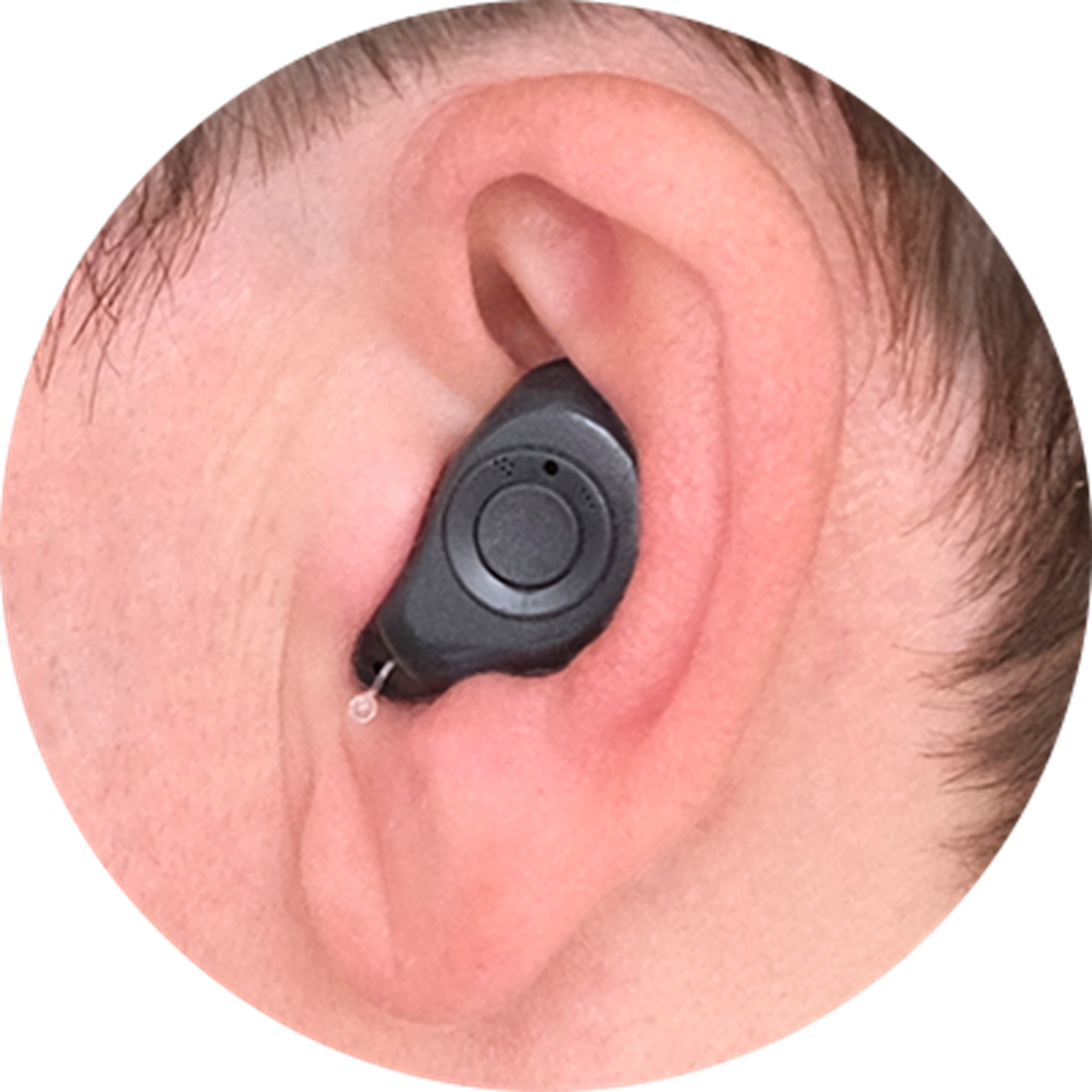Call Us On 0800 246 1078
〰️
Open Monday-Friday 09:00-19:00
〰️
Shropshire
〰️
Derbyshire
〰️
Staffordshire
〰️
West Midlands
〰️
Worcestershire
〰️
Call Us On 0800 246 1078 〰️ Open Monday-Friday 09:00-19:00 〰️ Shropshire 〰️ Derbyshire 〰️ Staffordshire 〰️ West Midlands 〰️ Worcestershire 〰️
Bluetooth Hearing Aids
Bluetooth hearing aids represent a significant advancement in assistive hearing technology, merging the utility of conventional hearing aids with the innovative wireless communication facilitated by Bluetooth technology. These devices not only amplify sound to assist those with hearing impairments but also seamlessly connect with a variety of Bluetooth-enabled devices, such as smartphones, televisions, and computers. This connectivity enables users to directly stream audio content, manage hearing aid settings via dedicated apps, and even take phone calls, thereby enhancing the auditory experience with both convenience and customization. The integration of Bluetooth transforms hearing aids from isolated sound amplification systems into versatile, high-tech wearables that can significantly improve the quality of life for individuals with hearing loss.
-
Bluetooth hearing aids function by incorporating wireless technology to create a direct interface between the hearing aid and various Bluetooth-enabled devices. At the core, Bluetooth is a short-range wireless communication standard that allows devices to exchange data over a certain distance. In the context of hearing aids, this technology facilitates a seamless connection without the need for cords or additional accessories. When a Bluetooth hearing aid is paired with a device, such as a smartphone or television, it receives the audio signal directly into the ear. This direct streaming capability can drastically improve the clarity of sound by reducing latency, eliminating background noise, and avoiding the degradation of sound quality that can occur with traditional hearing aid microphones. Users can typically control their hearing aids and customize their listening experience through a dedicated smartphone app, adjusting volume, selecting environment-specific programs, and even tracking their hearing aid's battery life. By leveraging Bluetooth technology, these hearing aids offer a more versatile and personalized auditory support, enhancing the user's ability to interact with their environment and communicate more effectively.
-
Bluetooth hearing aids offer a substantial advantage over traditional hearing aids by providing enhanced connectivity and personalization. This leap in technology affords users the convenience of wirelessly streaming audio directly from various devices, ensuring that the sound is clear, undistorted, and tailored to their specific hearing needs. Where traditional hearing aids mainly amplify the sounds around the wearer, Bluetooth hearing aids can deliver the audio signal straight from the source, thereby minimizing background noise and feedback that often accompany standard hearing aid microphones. This feature is particularly beneficial in challenging listening environments, such as crowded spaces or when watching television in a communal setting. Moreover, the ability to control hearing aid settings via a smartphone app allows users to fine-tune their hearing preferences for different environments, a level of customization that traditional aids seldom provide. This customization can lead to a more natural listening experience and a higher quality of life, as users can effortlessly adapt to varying auditory scenarios with greater ease and discretion.
-
Bluetooth hearing aids come in various types and styles, designed to cater to a wide range of preferences and hearing loss levels. The styles include Behind-the-Ear (BTE), where the main components reside in a casing resting behind the ear; Receiver-in-Canal (RIC), which is similar to BTE but with the speaker placed inside the ear canal for a less conspicuous appearance; In-the-Ear (ITE), where the entire device is contained in a shell that fills the outer part of the ear; In-the-Canal (ITC), which is more compact and partially fits within the ear canal; and Completely-in-Canal (CIC), which is almost entirely hidden within the ear canal. Each style offers varying degrees of power, visibility, and battery life, with larger devices typically having longer battery life and more features, such as directional microphones and manual controls. The choice of style may depend on factors like the degree of hearing loss, dexterity, user comfort, aesthetic preferences, and lifestyle needs. With Bluetooth technology integrated into these various styles, users have the flexibility to choose a hearing aid that not only fits their hearing requirements but also their personal and social preferences.
See Our Huge Range Of Hearing Aids, Click On One Of The Manufactures Below



























